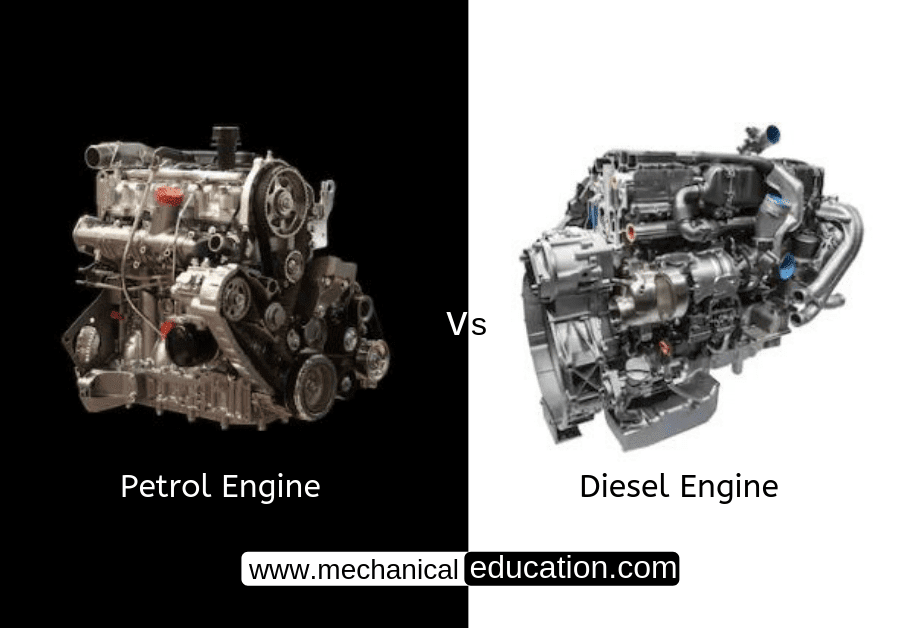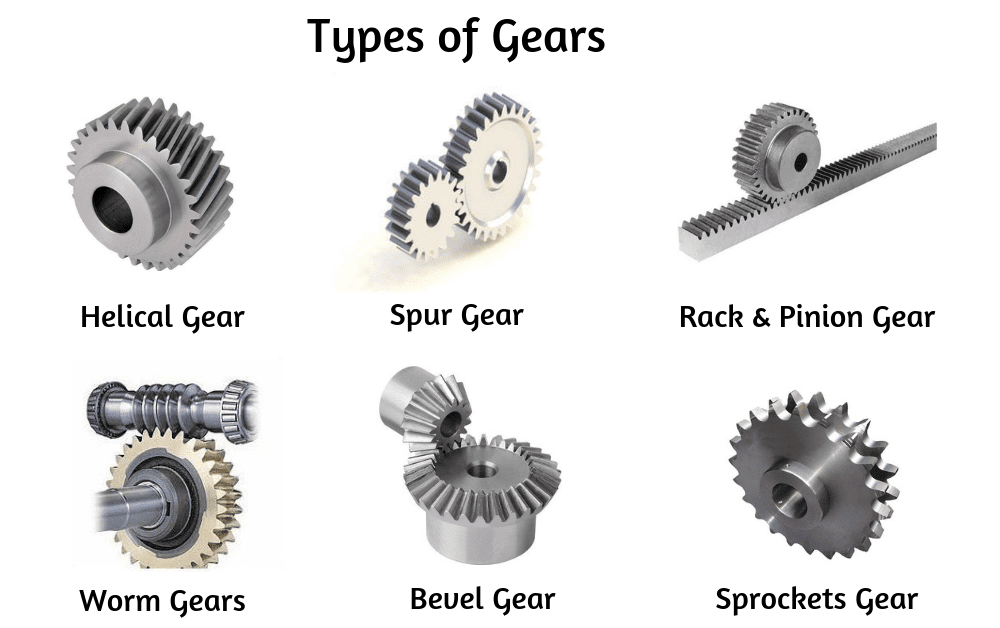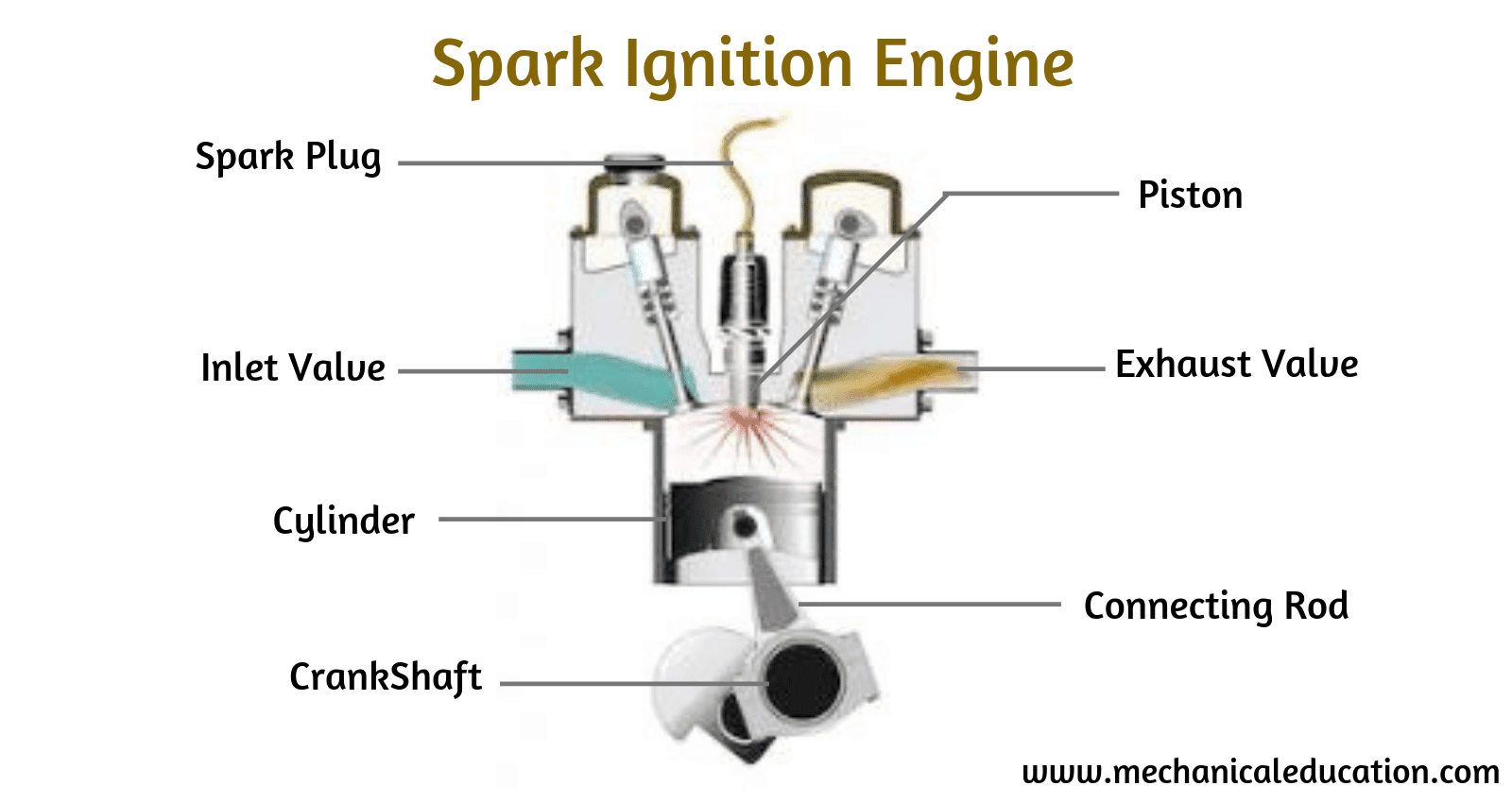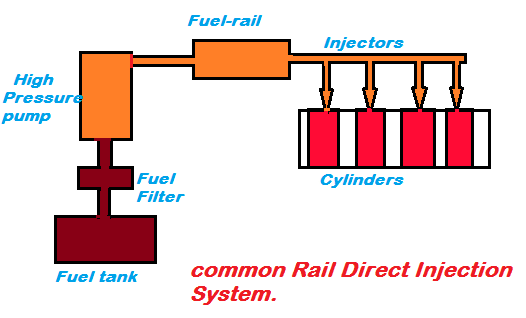Introduction: The fan blade and fan belt are an important part of the automotive cooling system. In order to keep your engine running at optimal temperatures, it is essential that these two components work together. Let’s take a closer look at how they function in tandem.
The fan blade is a metal blade attached to the pulley of the car’s engine. When the engine is running, it rotates and pushes air around the engine bay, allowing for proper air circulation and cooling of the motor. The fan blade is connected to the pulley by a fan belt, which is made of rubber and transmits power from the motor to rotate the fan blade. The fan belt needs to be tensioned correctly in order for it to properly transmit power from the engine to turn the fan blade. If it isn’t tensioned correctly, then it can cause wear on other components like bearings or seals which can lead to more serious problems down the line.
The fan belt also helps with other parts of an automotive cooling system as well, such as keeping coolant flowing throughout your vehicle’s radiator system by transferring power from your water pump’s pulley to its impeller. Without this circulation, your engine could quickly overheat due to lack of coolant flow across its components.
The importance of a properly functioning and maintained fan blade and fan belt cannot be overstated; both need regular maintenance in order for them to continue functioning properly. It is important that you check your car regularly for signs of wear or damage on either component as any damage can cause major issues with your vehicle’s cooling system if left unchecked or unrepaired for too long.
Conclusion:
A well-functioning automotive cooling system requires both a fully operational fan blade and fan belt working seamlessly together in tandem. While both components require maintenance every so often, when they are working properly together they help keep your car’s engine running at peak performance by circulating cool air throughout its interior parts while providing necessary power transfer for other cooling system components like radiators and water pumps. Make sure you regularly inspect both components for signs of wear or damage – if caught early enough any repairs needed can be relatively minor!




